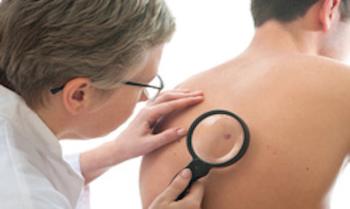
The findings come from over 60,000 records from the National Ambulatory Medical Care Survey, which accounted for nearly 1.5 billion dermatology visits in the United States.


The findings come from over 60,000 records from the National Ambulatory Medical Care Survey, which accounted for nearly 1.5 billion dermatology visits in the United States.
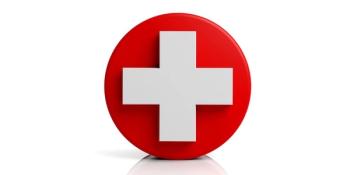
If corroborated by longer-term studies, researchers argued the treatment could be a safe short-term treatment for patients.

Public financial statements from 9 dermatology groups backed by private equity (PE) were analyzed by the researchers, who described a significant decrease in debt valuations of these groups both before and during the COVID-19 pandemic.

Among patients with atopic dermatitis, the risk and severity of acne varied based on age and sex.

In this new analysis, results showed that CCL3, CXCL8, CXCL9, and CXCL10 may be indicators of disease severity.

The cause of the increase is 2-fold: an increased push for personal hygiene practices and the use of personal protective equipment for health care workers.

Data from 22 studies were collected on reported hair loss with isotretinoin treatment, showing a hair loss frequency of 3.2% for patients receiving <0.5 mg/kg/day and a frequency of 5.7% for patients receiving ≥0.5 mg/kg/day.

Steven Feldman, MD, PhD, professor of dermatology at Wake Forest School of Medicine, discusses what makes clascoterone (Winlevi) different from past acne treatments.
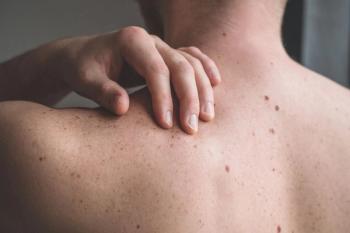
The researchers concluded the system will be able to have a significant impact for both clinical use and research, allow for a more accurate assessment of disease burden, and better decision making and monitoring.
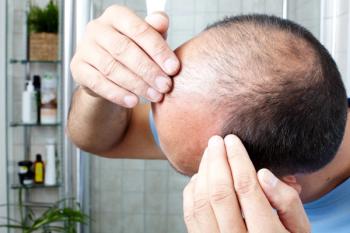
The China-based study disseminated a survey to over 9000 college freshmen from 2 universities in the country, revealing an overall prevalence of 5.3/1000.

Statistically significant associations were not seen between the medication and breast, ovarian, bladder, kidney, gastric, or esophageal cancers, and there was a reduced risk of prostate cancer.

Researchers performed a meta-analysis of genome-wide association studies of over 20,000 patients with acne, identifying 29 novel genome-wide significant acne novel susceptibility loci.

Affecting up to 1 in 10 people worldwide, rosacea has a complex pathophysiology that remains inadequately understood, and research has hinted at multiple inflammatory and immune mediated processes underlying the condition.

To date, the relative efficacy of the 3 treatments—minoxidil and 5α reductase inhibitors (5-ARIs) finasteride and dutasteride—has remained largely unknown.

This systematic review revealed that although the reporting of racial and ethnic data has increased in recent years, inclusion of minority groups has remained unchanged.

Researchers analyzed 102 eyes of 51 patients, finding that nearly three-fourths demonstrated signs of ocular involvement.
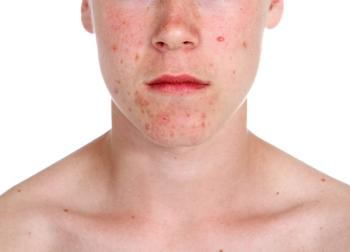
The findings showed no significant differences between the treatment and benzoyl peroxide, and they suggest that intense pulse light is both effective and well tolerated among patients.

The researchers collected data from over 100 articles of various biomarkers for hidradenitis suppurativa (HS), finding that just 4 were considered to have a high amount of evidence.

Among the most notable findings were that acute generalized exanthematous pustulosis is typically triggered by antimicrobial agents and may be associated with complications of the liver or kidney for some patients.

Throughout their paper, researchers highlighted acne treatment for these patients often involves other considerations—including reproductive health and mental health—and dermatologists should keep these in mind when making decisions for each patient.

Self-reported experiences among the patients showed that 76% of patients were extremely or very satisfied with their surgery and 58% of patients were satisfied with the appearance of their healed wound, despite a recurrence rate of 41%.
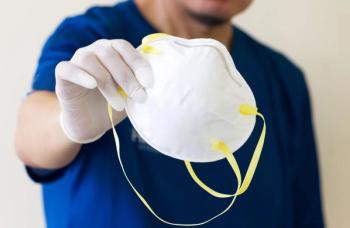
The study found 1 in 5 physicians felt acne had a negative impact on their working lives.
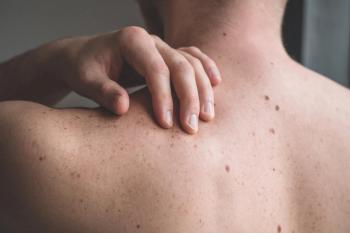
A novel treatment could offer an alternative to clindamycin (CL) in combination with rifampicin (RF), which comes with concerns of developing resistant bacteria due to long-term use.

The researchers found that even with low amounts or no amount of neutrophils present in the peripheral blood, patients still exhibited active disease.

An analysis of data on patients with hidradenitis suppurativa and COVID-19 found that biologic use was not associated with worse COVID-19 outcomes in this population.

259 Prospect Plains Rd, Bldg H
Cranbury, NJ 08512
© 2025 MJH Life Sciences®
All rights reserved.
